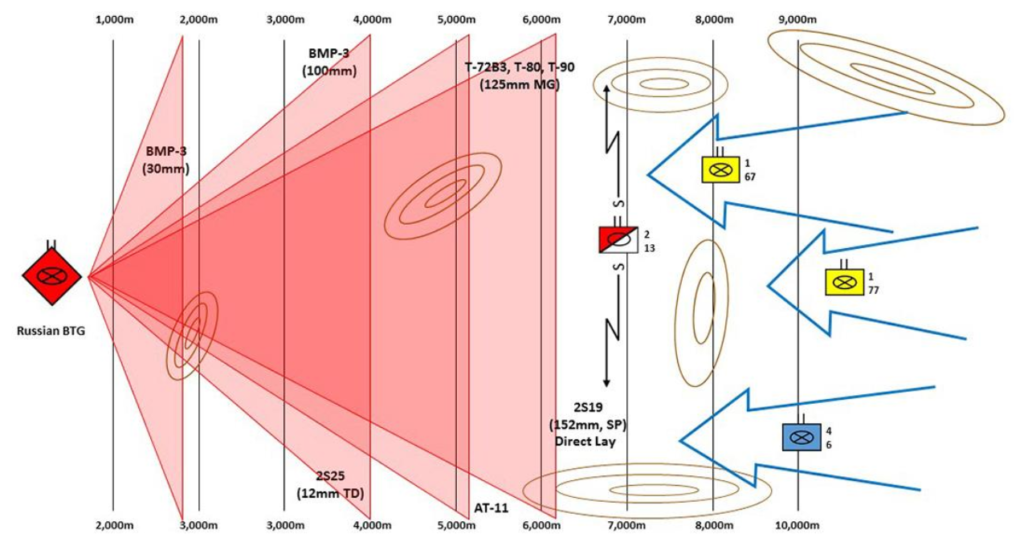 U.S. Army Major Amos Fox, currently a student at the U.S. Army Command and General Staff College, has produced an insightful analysis of the role of tanks in Russian hybrid warfare tactics and operations. His recent article in Armor, the journal of the U.S. Army Maneuver Center of Excellence at Ft. Benning, Georgia, offers a sense of the challenges of high-intensity combat on the near-future hybrid warfare battlefield.
U.S. Army Major Amos Fox, currently a student at the U.S. Army Command and General Staff College, has produced an insightful analysis of the role of tanks in Russian hybrid warfare tactics and operations. His recent article in Armor, the journal of the U.S. Army Maneuver Center of Excellence at Ft. Benning, Georgia, offers a sense of the challenges of high-intensity combat on the near-future hybrid warfare battlefield.
Fox assesses current Russia Army tactical and operational capabilities as quite capable.
Russia’s contemporary operations embody the characteristic of surprise. Russian operations in Georgia and Ukraine demonstrate a rapid, decentralized attack seeking to temporally dislocate the enemy, triggering the opposing forces’ defeat. These methods stand in stark contrast to the old Soviet doctrine of methodical, timetable-and echelon-driven employment of ground forces that sought to outmass the opposing army. Current Russian land-warfare tactics are something which most armies, including the U.S. Army, are largely unprepared to address.
Conversely, after achieving limited objectives, Russia quickly transitions to the defense using ground forces, drones and air-defense capabilities to build a tough, integrated position from which extrication would be difficult, to be sure. Russia’s defensive operations do not serve as a simple shield, but rather, as a shield capable of also delivering well-directed, concentrated punches on the opposition army. Russia’s paradoxical use of offensive operations to set up the defense might indicate an ascendency of the defense as the preferred method of war in forthcoming conflicts.
These capabilities will pose enormous challenges to U.S. and allied forces in any potential land combat scenario.
Russia’s focus on limited objectives, often in close proximity to its own border, indicates that U.S. Army combined-arms battalions and cavalry squadrons will likely find themselves on the wrong end of the “quality of firsts” (Figure 4). The U.S. Army’s physical distance from those likely battlefields sets the Army at a great disadvantage because it will have to hastily deploy forces to the region, meaning the Army will arrive late; the arrival will also be known (location, time and force composition). The Army will have great difficulty seizing the initiative due to its arrival and movement being known, which weakens the Army’s ability to fight and win decisively. This dynamic provides time, space and understanding for the enemy to further prepare for combat operations and strengthen its integrated defensive positions. Therefore, U.S. Army combined-arms battalions and cavalry squadrons must be prepared to fight through a rugged enemy defense while maintaining the capability for continued offensive operations.
Fox’s entire analysis is well worth reading and pondering. He also published another excellent analysis of Russian hybrid warfare with a General Staff College colleague, Captain (P) Andrew J. Rossow, in Small Wars Journal.
